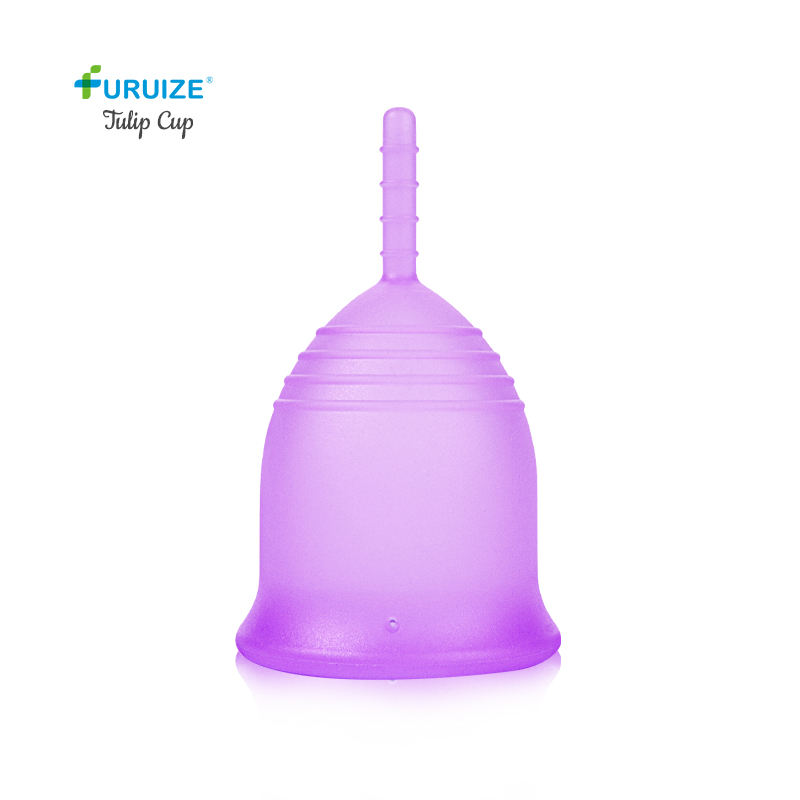If you’re new to menstrual cups, you’re probably wondering where to start. Our guide, Menstrual Cups for Beginners is designed to help you understand everything you need to know before making the switch. This eco-friendly alternative to pads and tampons offers numerous benefits, including comfort, cost-efficiency, and sustainability. In this guide, we’ll walk you through the basics, how to use a menstrual cup, and why it might be the right choice for you.
What is a Menstrual Cup?
A menstrual cup is a small, flexible, bell-shaped cup made of medical-grade silicone, rubber, or elastomer. It’s inserted into the vagina to collect menstrual flow, as opposed to absorbing it like tampons or pads. In addition, menstrual cups are reusable, which makes them both environmentally friendly and cost-effective. As a result, they are gaining popularity among people looking for an alternative to disposable period products.
Why Choose a Menstrual Cup?
For those who are new to menstrual cups, there are several compelling reasons to make the switch. First and foremost, menstrual cups hold more fluid than tampons or pads, which means they can be used for longer periods—perfect for long days or overnight use.
Moreover, they are discreet since they sit inside the body, so you won’t need to worry about leaks or visible bulges. Additionally, menstrual cups are safer than some other period products because they don’t contain harmful chemicals or fragrances, which can irritate sensitive skin.
Not only are they better for your health, but menstrual cups are also more eco-friendly. Unlike disposable period products, which contribute to a significant amount of waste, menstrual cups can be reused for many years. This reduces the amount of plastic and other materials that would otherwise end up in landfills.
How to Use a Menstrual Cup
- Wash Your Hands: Always start by cleaning your hands to avoid transferring bacteria to the cup or your body.
- Fold the Cup: There are different folding techniques, but the most common one is the C-fold. Simply press the sides of the cup together to form a “C” shape.
- Insert the Cup: While in a comfortable position (such as squatting or sitting on the toilet), gently insert the folded cup into your vagina. It should sit low in the vaginal canal but should not be uncomfortable.
- Check for Seal: Once the cup is in place, make sure it opens fully. You can do this by gently rotating the base or feeling for any folds. The cup should form a seal, preventing leaks.
- Empty and Clean: Every 4-12 hours, remove the cup, empty the contents, rinse it with water, and reinsert it. If you’re in a public restroom, you can wipe it with a clean cloth instead of rinsing it.
Tips for Beginners
- Practice Insertion: Initially, it may take a few tries to get the hang of it. Don’t worry—many people need time to get comfortable with the process. With practice, it will become easier.
- Choose the Right Size: Menstrual cups come in various sizes. Most brands offer small and large sizes based on factors like age, flow, and whether you’ve had children. For menstrual cups for beginners, starting with a smaller size might be easier to manage.
- Stay Relaxed: It’s natural to feel a bit nervous at first, but the more relaxed you are, the easier the insertion process will be. In addition, a relaxed body will help the cup unfold correctly.
In conclusion, using a menstrual cup can be a challenging, especially for those who are new to the concept. Our guide, menstrual cups for beginners provide a step by step guide. Once you get the hang of it, you’ll likely wonder why you didn’t make the switch sooner. The key is to practice, stay patient, and enjoy the benefits that come with this sustainable option.










Pingback: Menstrual Cups for Teens